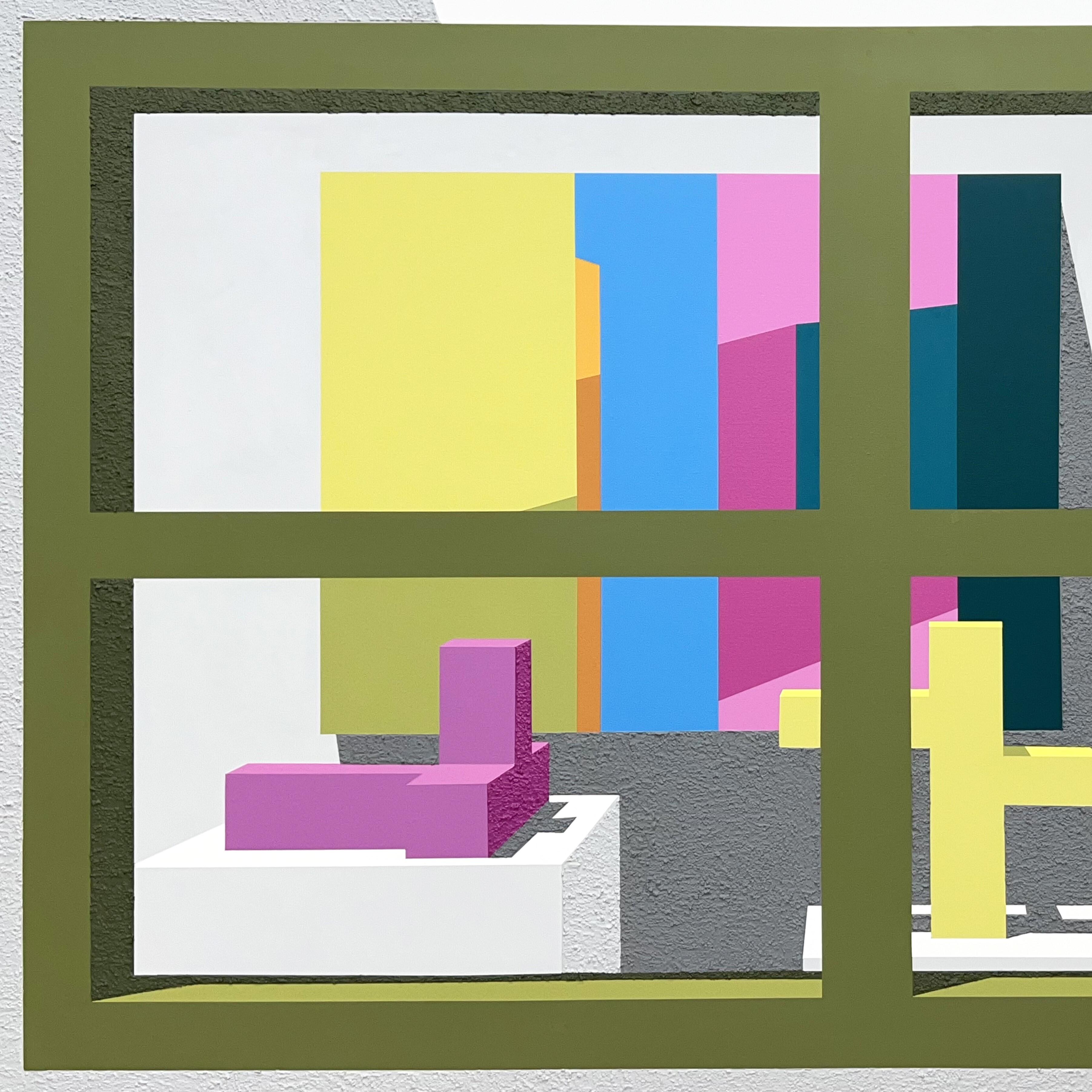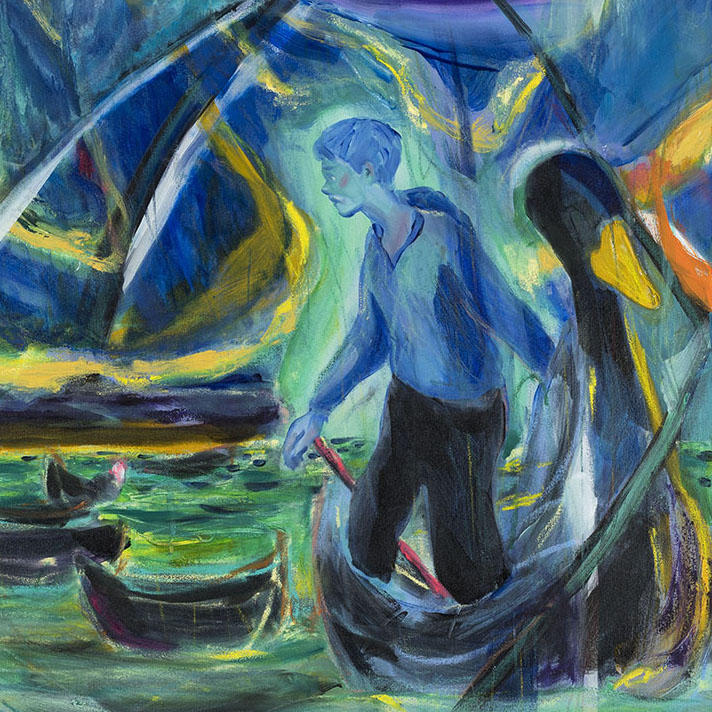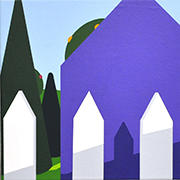Project
Gallery's Picks for the Month (Taipei Dangdai 2024)
Gallery
May 10-12, 2024 (Friday to Sunday) / VIP Preview May 9 (Thursday)
[點此查看繁體字: 原田郁、石田恵嗣、東弘一郎]
Art Front Gallery is pleased to announce our participation in "Taipei Dangdai 2024" to be held in Taiwan from May 10-12, 2024 (VIP Preview on May 9). Here we introduce some of the works that will be exhibited. Please look forward to seeing them.(For inquiries:contact@artfrontgallery.com )
Artists: Iku Harada、Keiji Ishida、Koichiro Azuma
| Date | May 10-12, 2024 (Friday to Sunday) / VIP Preview May 9 (Thursday) |
|---|---|
| Venue | Taipei Nangang Exhibition Center, Hall 1 (4th Floor) No. 1 (Jingmao 2nd Road, Nangang District, Taipei City) |
| Booth | 【C08】Art Front Gallery |
| Official website | https://taipeidangdai.com/ |
Iku Harada
Iku Harada was born in the 1980s, when home PCs began to emerge. In Harada's childhood, PCs began to enter homes in earnest with the launch of Windows 95, and by the 2000s when Harada was studying in university, with Windows 2000 and Apple's iMac, they began to be truly integrated into everyday life. It was also during this period that polygon processing images became recognized through game console like PlayStation 2.

【Work to be exhibited】Iku Harada《HOUSE-WHITE CUBE 2015 redecoration》112x194 cm
While studying painting in Tokyo from his rural hometown in Yamagata, Japan, Harada was amazed at the high level of drawing by the students around her and realized that she would never be able to compete with them if she continued doing the same thing. In such circumstances, she questioned herself about what kind of original and lifelong expression she could pursue. Considering that everything in daily life had already been depicted throughout history, Harada thought of an expression that fulfilled three elements: "something that no one has drawn before," "something that will continue into the future," and "something that she could develop herself." As a result, she reached the creation of her own virtual world through computer graphics, which she calls Inner World.
In the early stages of his career, Harada's style was simply to physicalize the virtual space by painting the 3D virtual world with simple forms on canvas, but over the past 20 years, she has made numerous attempts to develop this style into a unique painting motif. In addition to materializing the virtual reality space, Harada also reflects the spatial motifs of the real world in the virtual space, developing her works into works that allow the viewer to move back and forth between the two worlds. Harada is a unique pioneer in the use of CG images as motifs andis attracting the attention of digital artists in Japan today. She is the only painter who has consistently participated in group exhibitions at NTT Communications' ICC.
For Harada, reality is symbolic and sensory. With the evolution of computers, our reality is being perceptually expanded. In today's world, through technologies such as AR and VR, vision has been extended to the untouchable and in some sense non-existent world. We may be entering an era where we are being asked again what reality we have believed in until now.
In such modern times, Harada skillfully creates her own unique world view. Harada's Inner World, which has been developed over about 15 years on the computer, takes the form of an island floating in a conceptually simplified sea. The ground is represented as a flat green surface, reminiscent of a meadow, and the plants standing on it also have simple forms. The colors are expressed with clear saturation and opaque surfaces characteristic of computers. These shapes and colors, though completely different from the real world, have sufficient elements for us to understand what they are, and the landscapes that appear within the rectangular frames drawn by the artist are instantly recognizable as such.
Harada creates these symbolically easy-to-understand virtual realities in her paintings and sculptures, thereby manifesting her internal images as works in this world. In recent years, she has added elements of optical illusion to these, making the reality of what is and what isn't ambiguous and challenging our perception of the certainty of visible existence, thus broadening her range of expression.

Left:【Work to be exhibited】Iku Harada WINDOW 2023 #001 130.3x193 cm
Center:【Work to be exhibited】Iku Harada GARDEN-WHITECUBE sculpture #001 55x63x82 cm
Right:【Work to be exhibited】Iku Harada GARDEN-PIECE-ROPPONGI 80x80 cm

Left:【Work to be exhibited】Iku Harada GARDEN-WHITECUBE 2023 #00480x80 cm

Left:【Reference】Iku Harada color trees 2023 sculpture 100x350x208.5 cm
Right:【Work to be exhibited】Iku Harada color trees 2023 #006 130.3x194 cm
Keiji Ishida

【Work to be exhibited】Keiji Ishida new work Is this it 95x90.5 cm
Keiji Ishida was born in 1975 in Chiba, Japan. He has been living in the UK since 2006. Through his prolonged stay in the West, he has been significantly influenced by his encounters with European star painters like Oscar Murillo and Daniel Crews-Chubb, as well as contemporary Japanese artists showing promise, such as Yuma Tomiyasu. Currently, Ishida is mainly active in Europe, participating in gallery exhibitions and art fairs in the UK.
French art critic Clélia Zernik commented on Ishida's paintings:
" At first glance, Keiji Ishida's paintings resemble images from children's books in the West, Aesop's fables or Andersen's fairy tales. And yet there can be detected a curious strangeness about them that is somewhat reminiscent of a form of magical realism, where everyday life is mixed with a slide into the world of strange. There is no moral of the story nor chitchat here, just the unexpected meeting of characters from different worlds creates a calm strangeness, where meaning and language are suspended. This suspension of the world and of its discourse can be achieved through triple relationships with « montage » as follows.
…
Like a suspension bridge, the painting links various worlds, the world of comic books and of yokai, the world of yesterday and of today, the world of the painter mole emerging from his burrow and our own world - with the grace of a tightrope walker."
(from Clélia Zernik's Montage of Images)

【Work to be exhibited】Keiji Ishida Scene - Snakes 180x160 cm

【Work to be exhibited】Keiji Ishida Boy and Flute 180x126 cm
This painting of a teddy bear (doll?) and a boy playing a flute depicted by Ishida appears initially chaotic, with bold brush strokes. The strange combination of characters extracted from a picture book deviates from their story, driving the peculiarity forward—The vigorous brushwork seems to respond to the overlapped known narratives that the characters' images bring to this painting. Viewers might feel a stronger sense of the floating of meaning and language through this painting. Laid side by side with the events and occurrences of everyday life, our daily reality might be more akin to this situation than we think.
Koichiro Azuma

【Work to be exhibited】Koichiro Azuma Wind Wheel Drawing 1 2023
Koichiro Azuma was born in 1998 in Tokyo. He is an artist who conceptualizes his works through dialogues with the local community. Artworks can express cultural backgrounds, values, personal experiences, emotions, and societal issues. Azuma's artistic expressions evoke various emotions in viewers, facilitating empathy and resonance as communicative devices.
In the past, Azuma has collected bicycles in Toride City (Ibaraki Prefecture), where he lives, and created artworks using the wheels of the bicycles in motion. By setting up these wheels in urban spaces and activating them through viewers' interactions, the stagnant past is visualized as reactivated. His installations evoke memories of Toride as a city of bicycles, as well as thoughts about things that are beyond individual control, that have been given up on, or that have ceased thinking about, which then seem to spin in one's mind through the turning wheels.
Azuma's works not only raise awareness of social issues but also prompts people to recognize the importance of empathy and understanding in fostering communication.
This time, Azuma will present an image drawing of a large work titled Wind Wheel, which he exhibited at the "Luo Shan Feng Art Festival" last year. The venue, located in Pingtung County, Taiwan, is known for its strong winds, which inspired Azuma to create a work utilizing this natural force. The power of the wind drives a giant propeller, which in turn powers the rotation of a shaft and the movement of bicycle wheels, ultimately transmitting energy to all the wheels. The force and direction of the wind are unpredictable, visually representing the engagement with the constantly changing nature.

【Work to be exhibited】Koichiro Azuma Wind Wheel 2023 / 2023 Luoshanfeng Art Festival (outdoor)
Artists
Related News














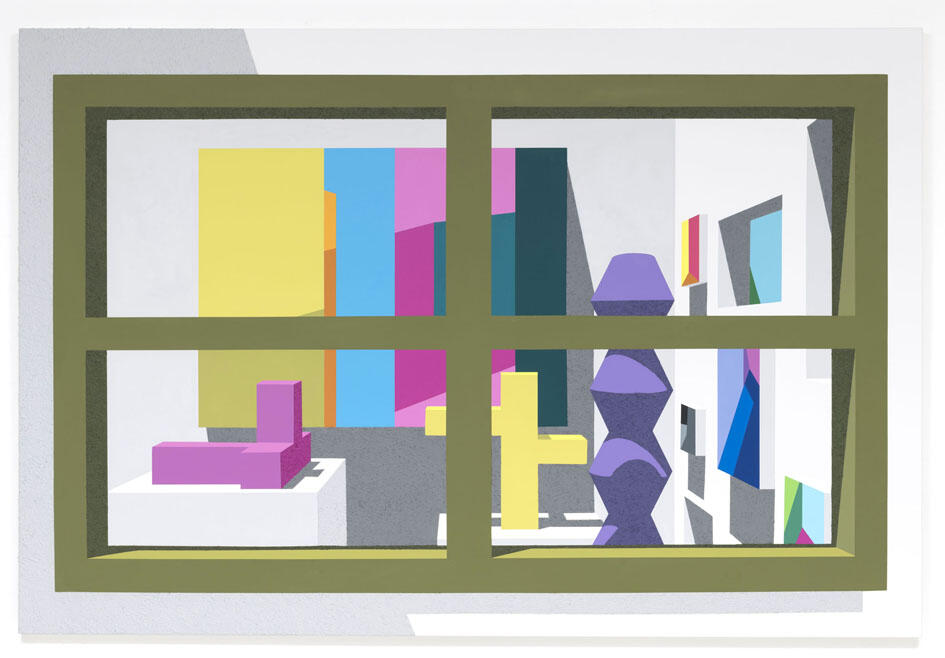

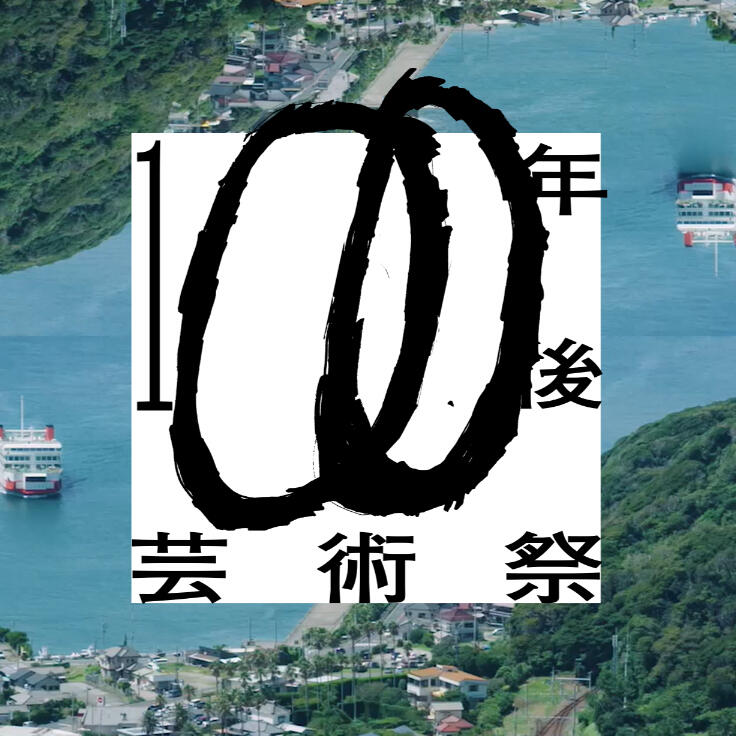

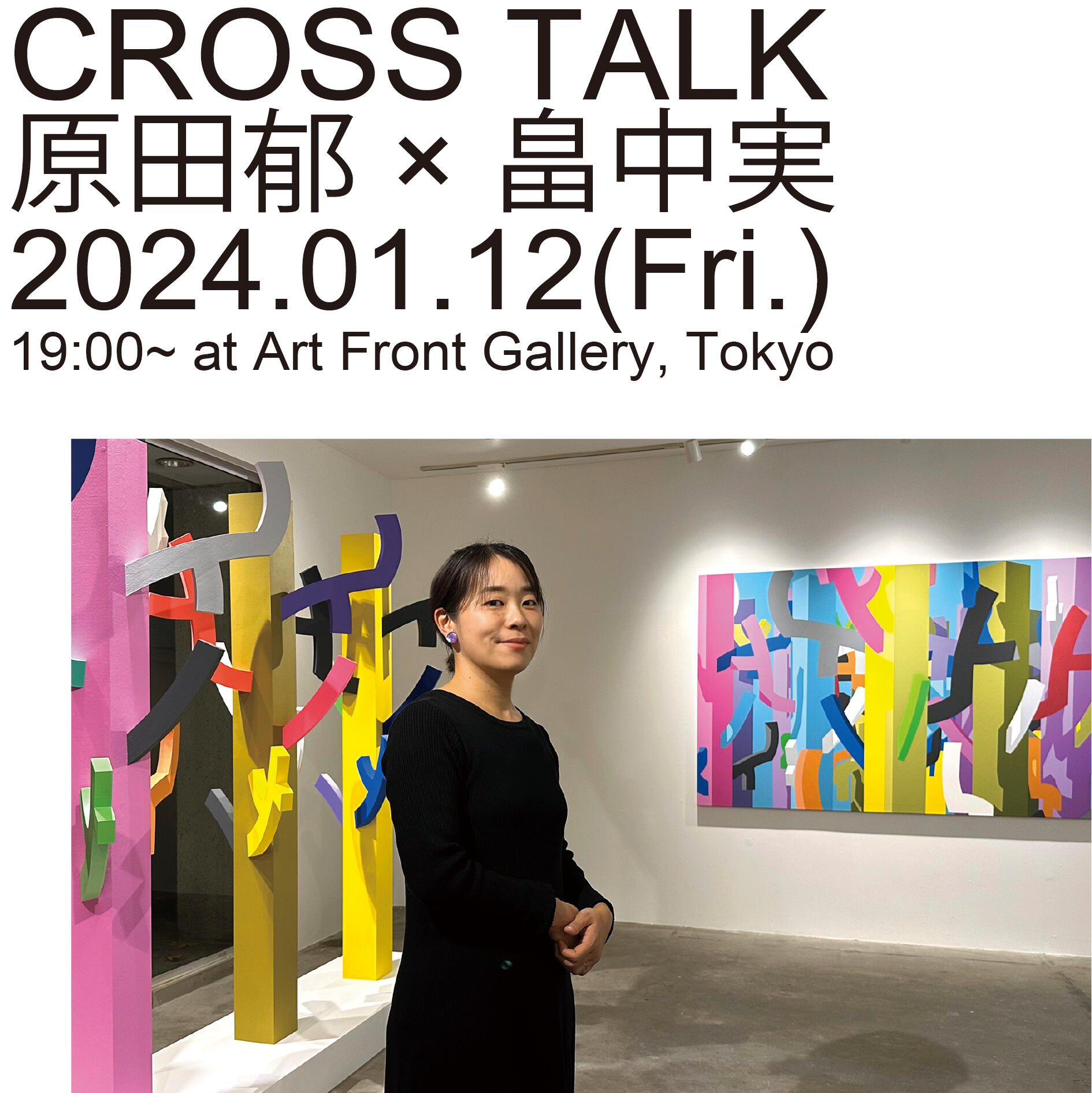
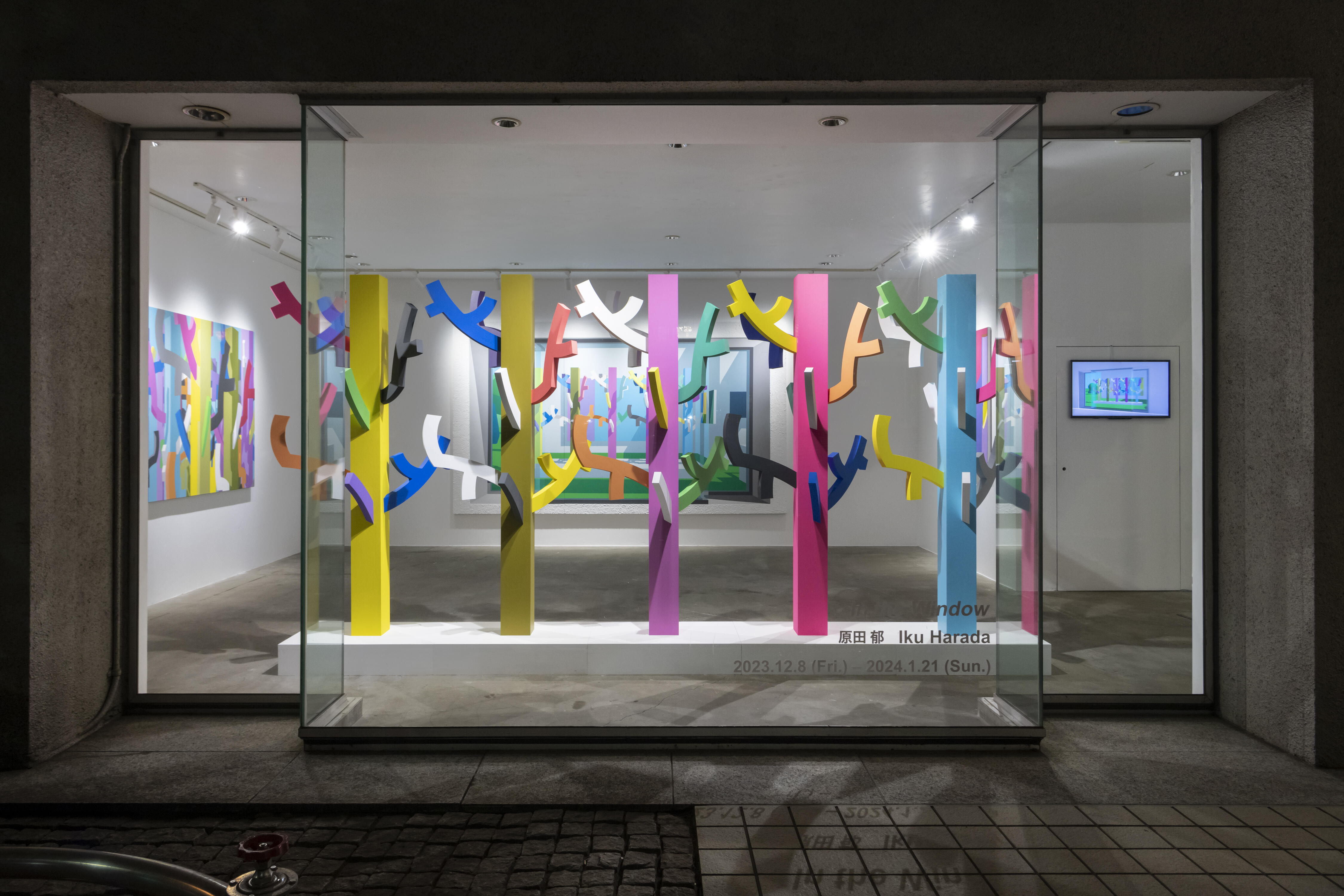
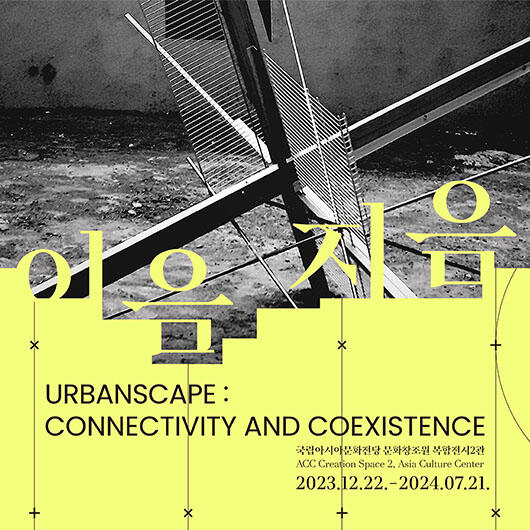

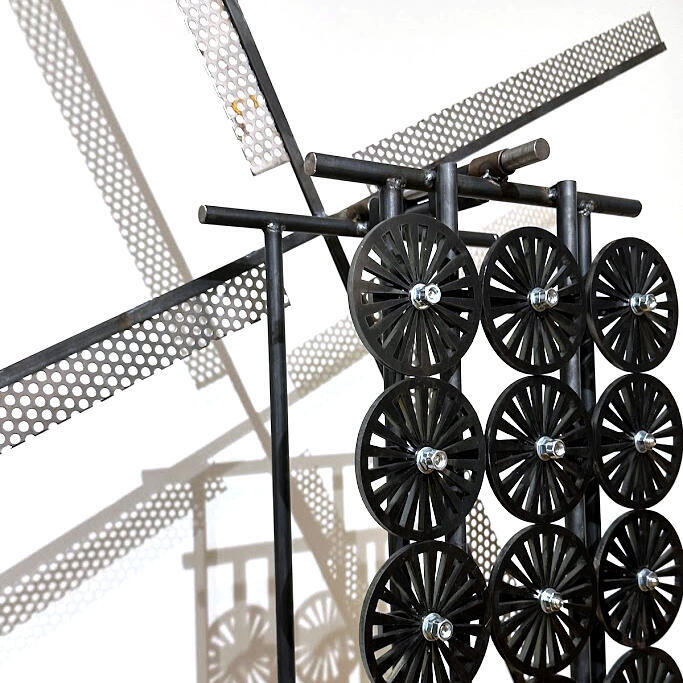

![[ART FAIR] Kiaf SEOUL 2023 / 키아프 서울 2023](https://artfrontgallery.com/whatsnew/assets_c/2023/09/kiaf-thumb-652x652-11457.jpg)

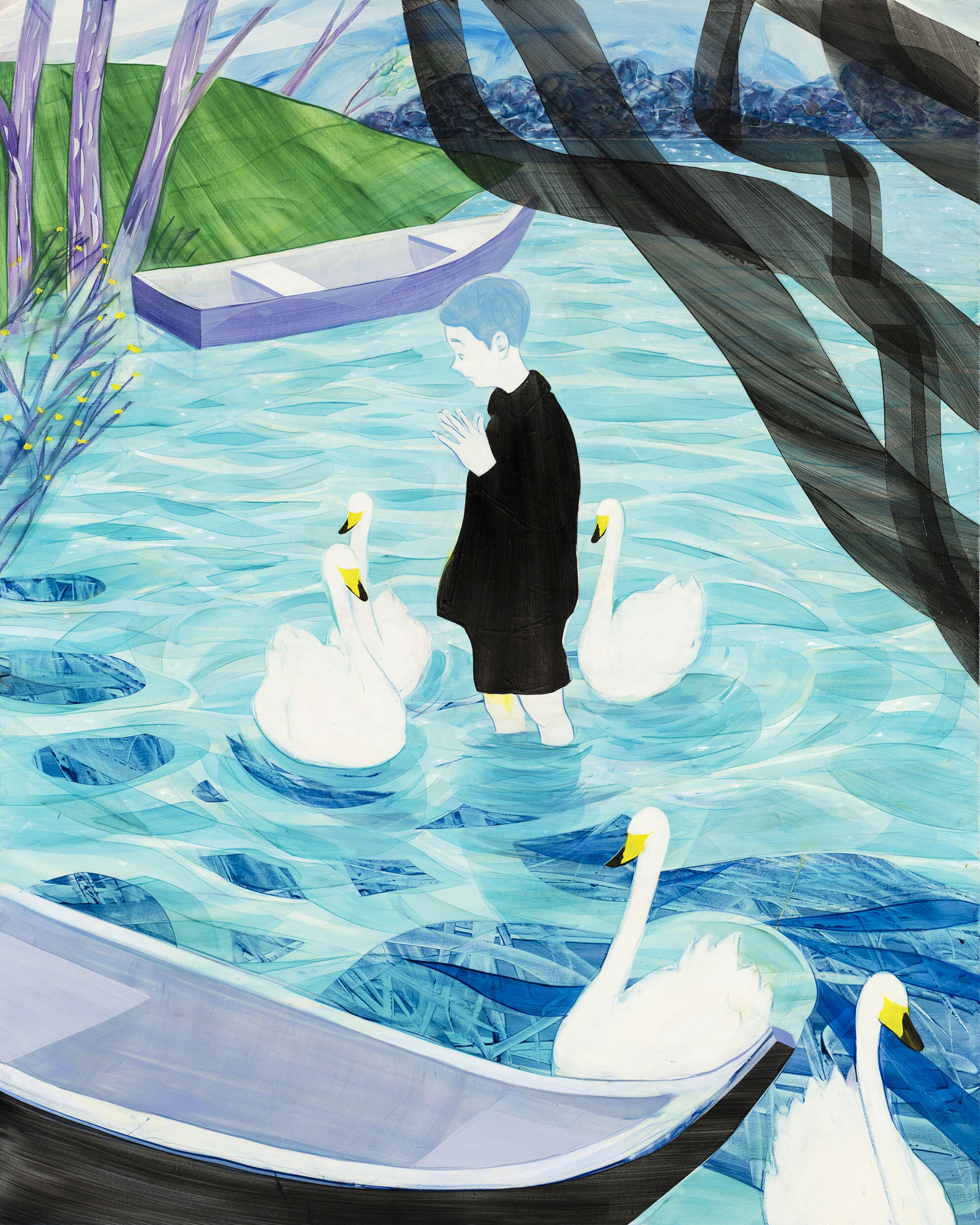
![[Art Fair] Tokyo Gendai at Pacifico Yokohama, Japan](https://artfrontgallery.com/whatsnew/assets_c/2023/06/main-thumb-957x957-11312.jpg)
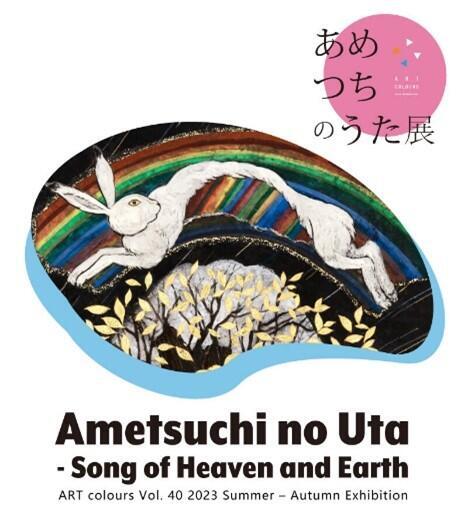
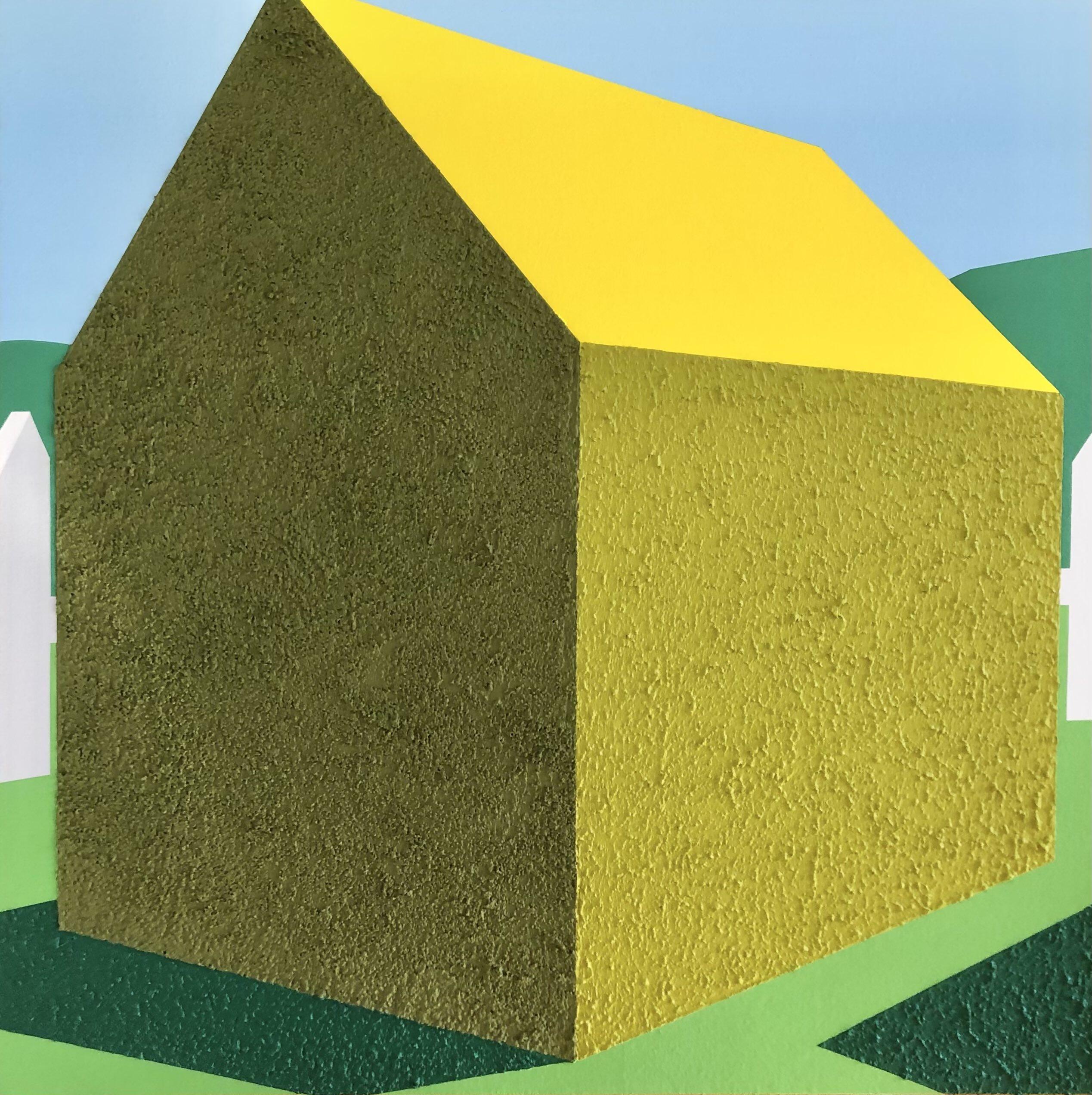



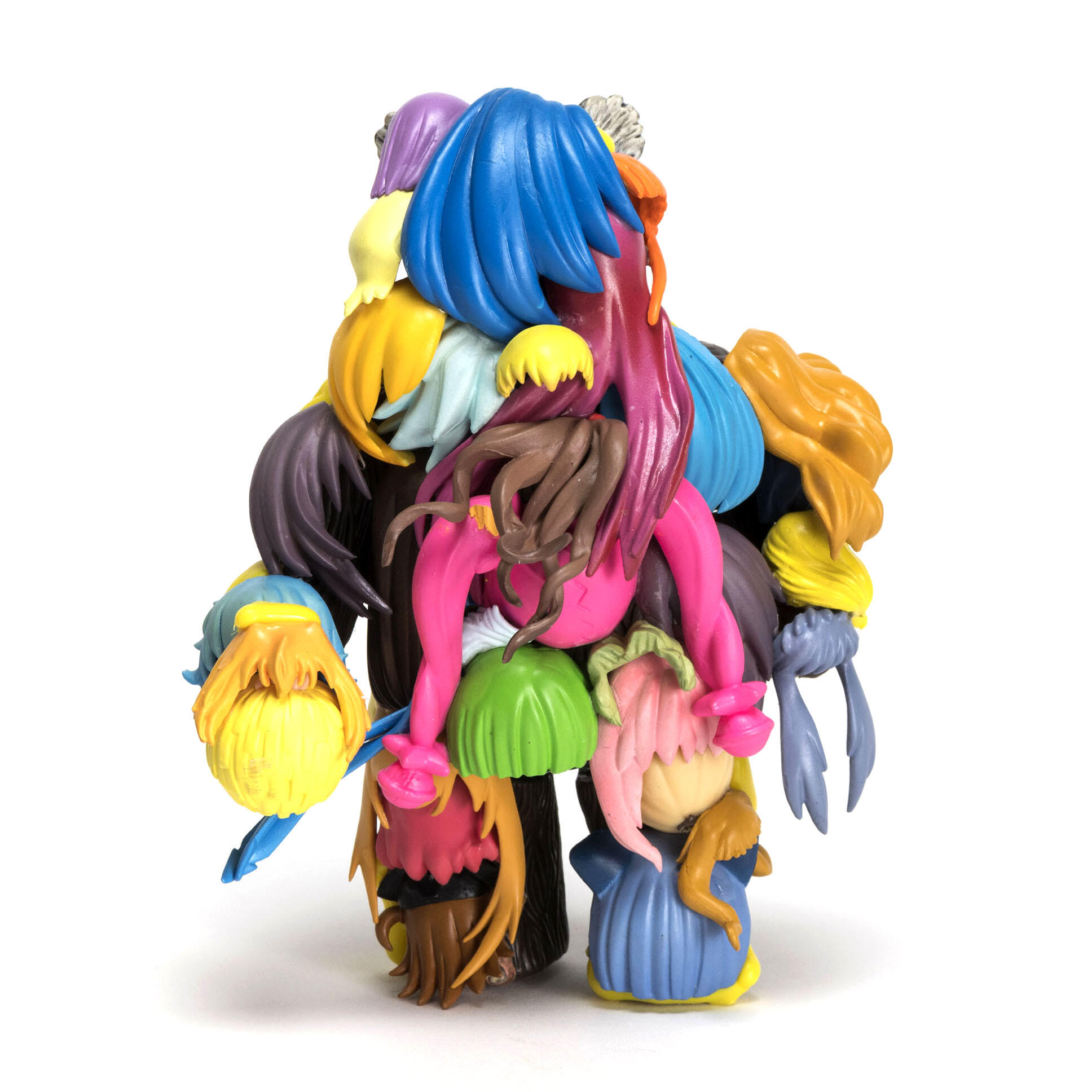
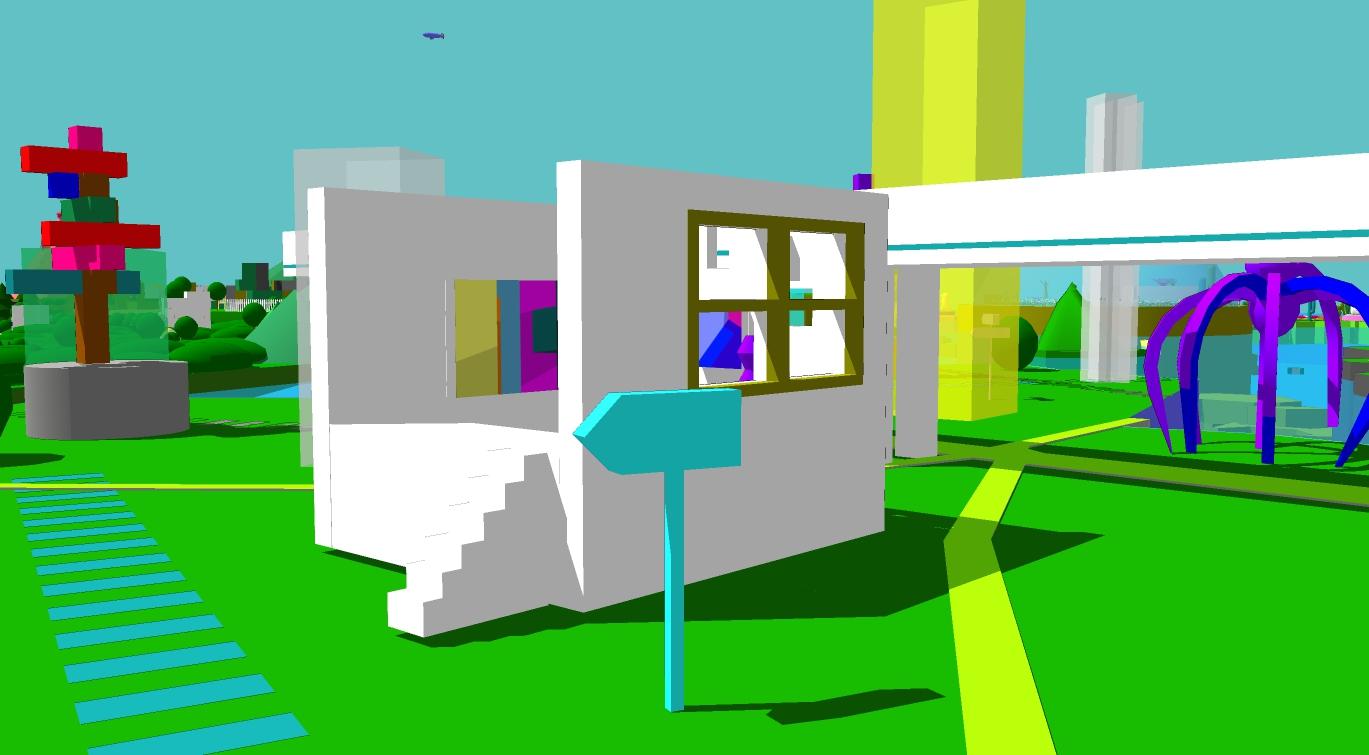




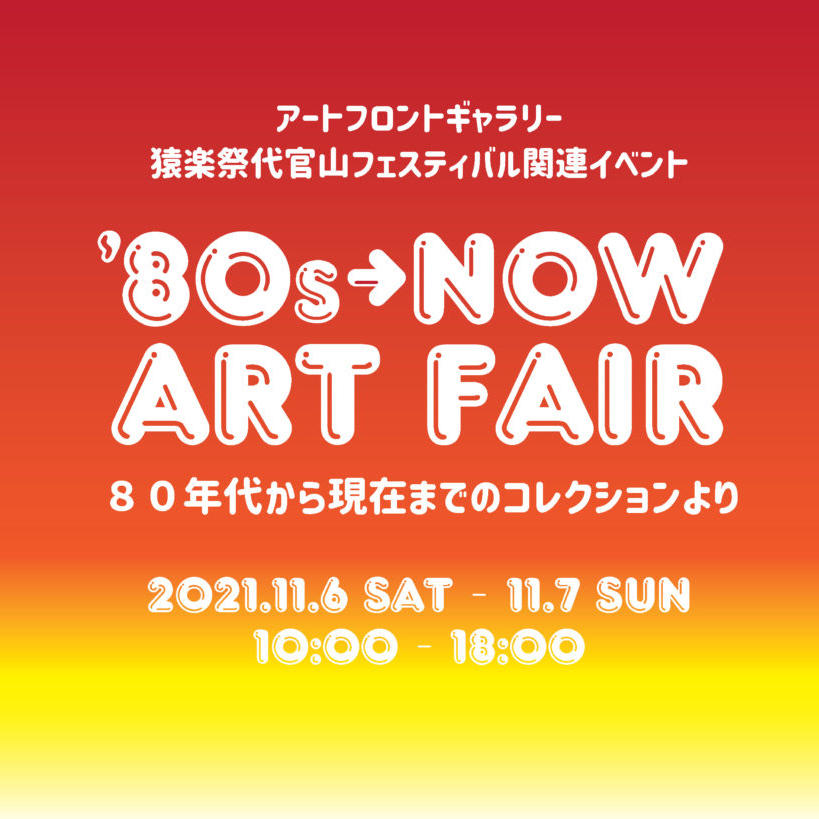
![[Interview] Keiji Ishida: notion of body, time and memory](https://artfrontgallery.com/whatsnew/assets_c/2021/10/265f5467bfe818832e5306a7a20bd43b5d734424-thumb-2480x2255-9213.jpg)
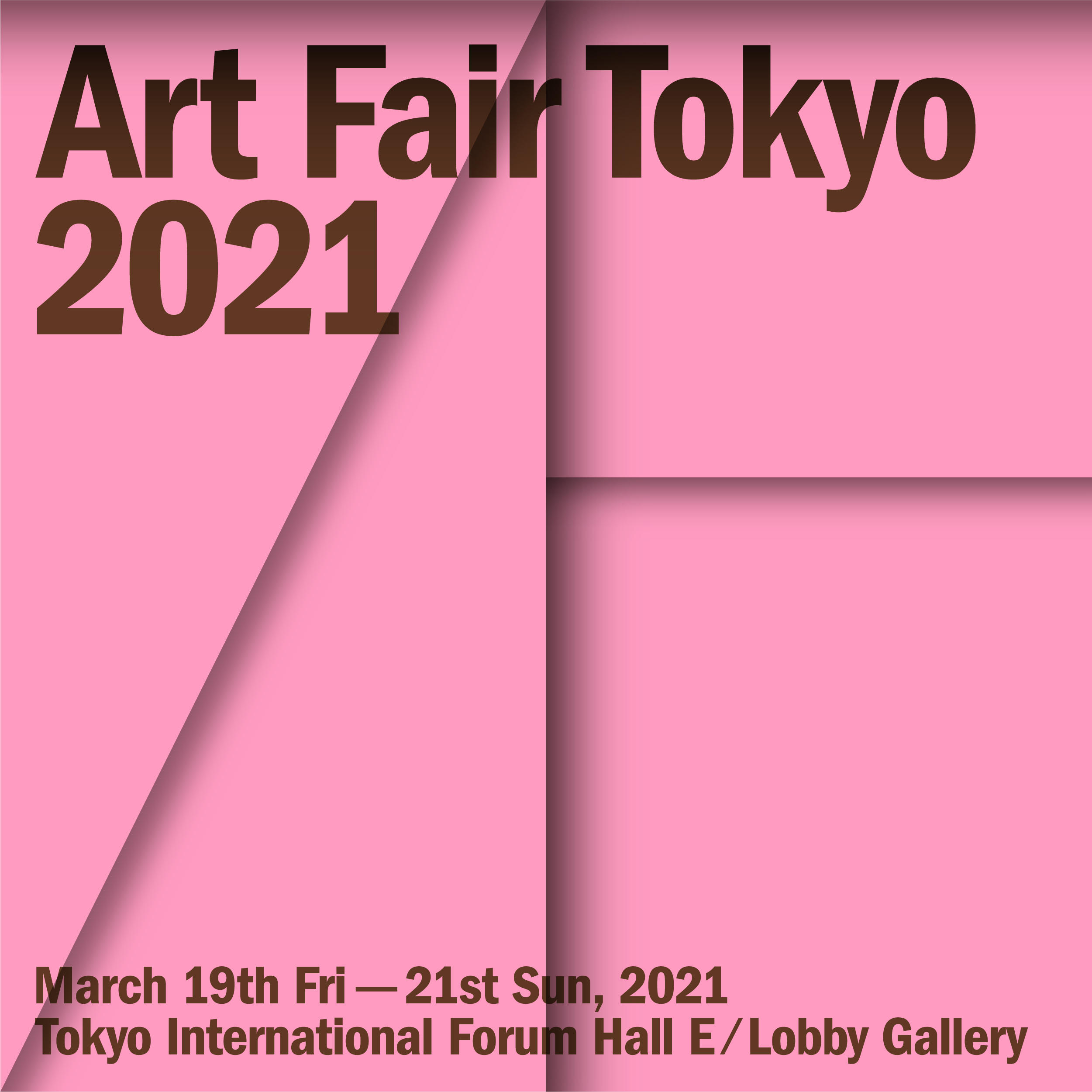
![Iku Harada @ NTT InterCommunication Center [ICC], Tokyo](https://artfrontgallery.com/whatsnew/assets_c/2021/01/IMG_0011-thumb-960x960-8419.jpg)

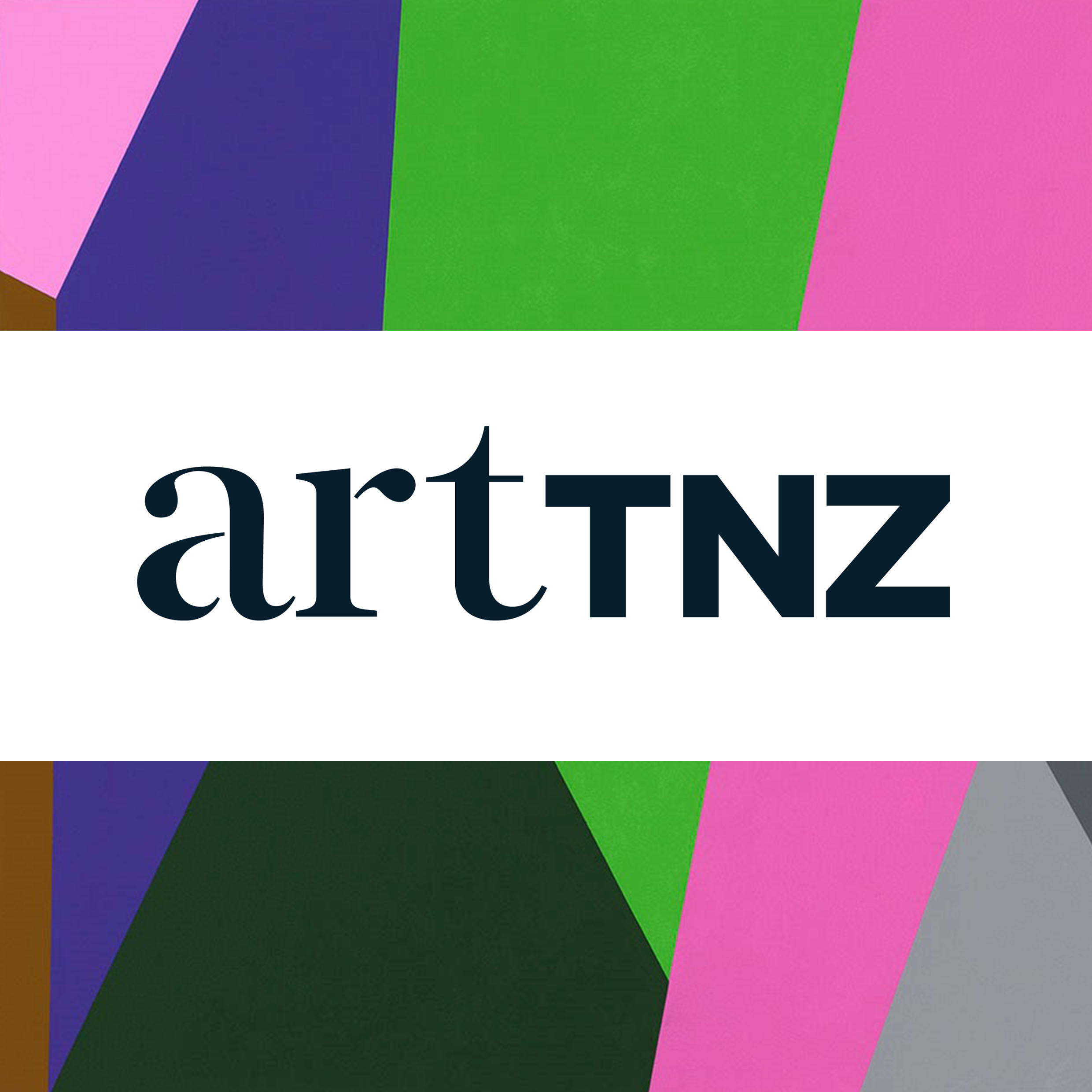

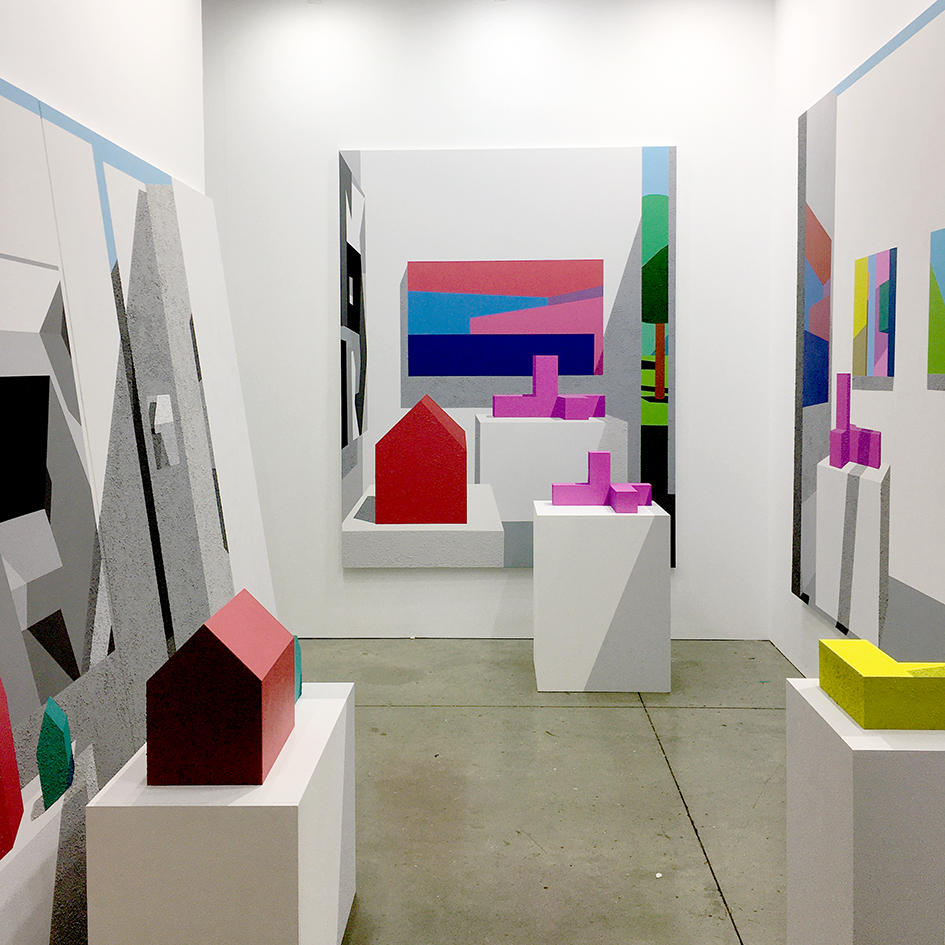


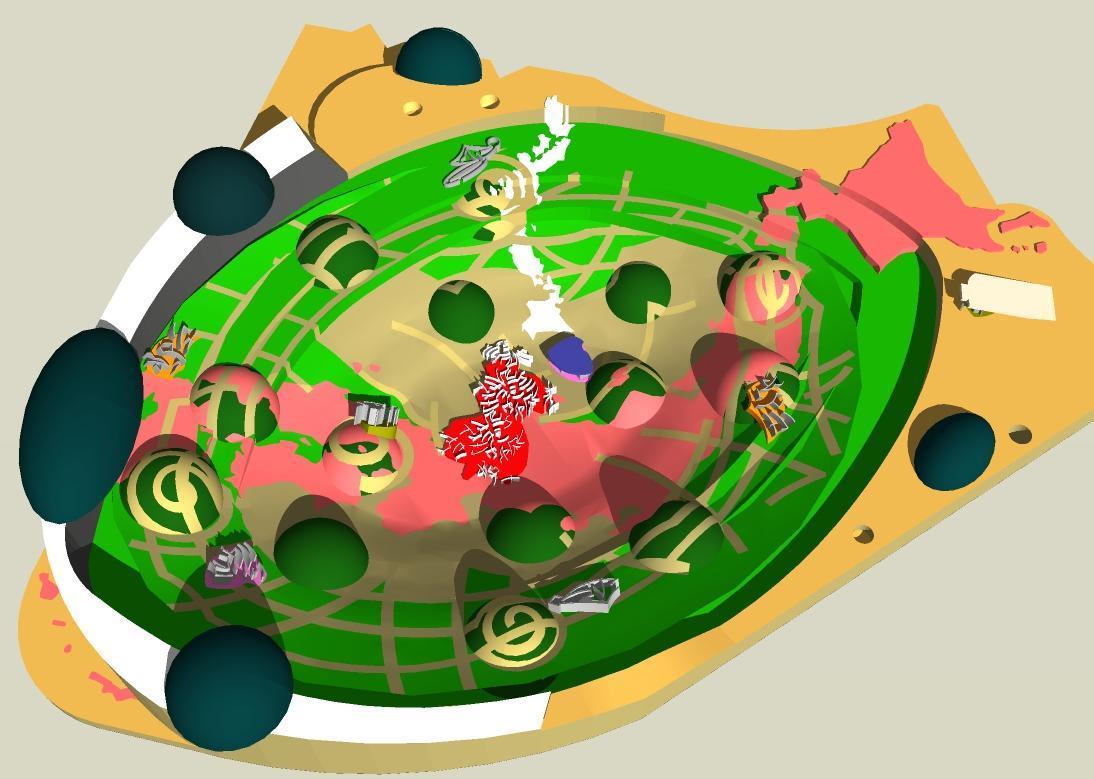
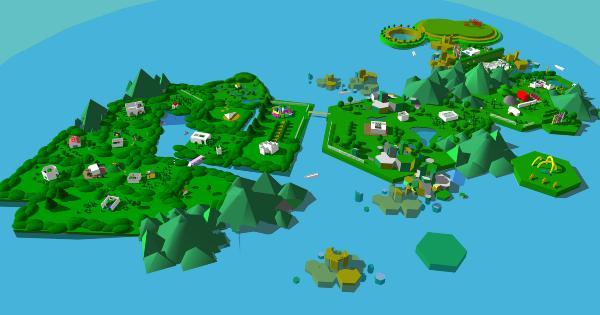



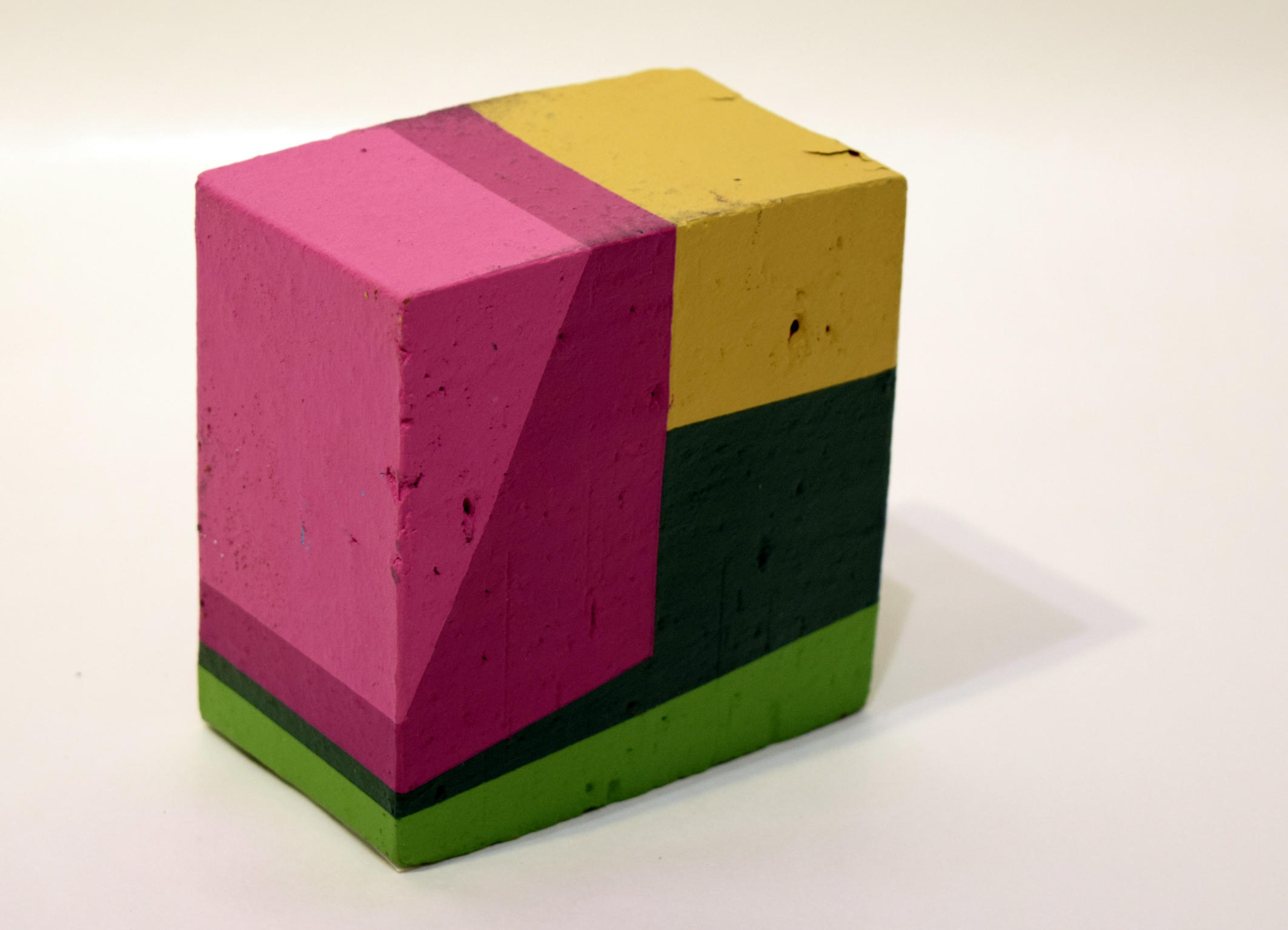
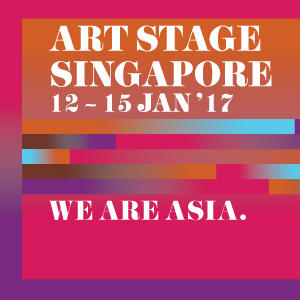


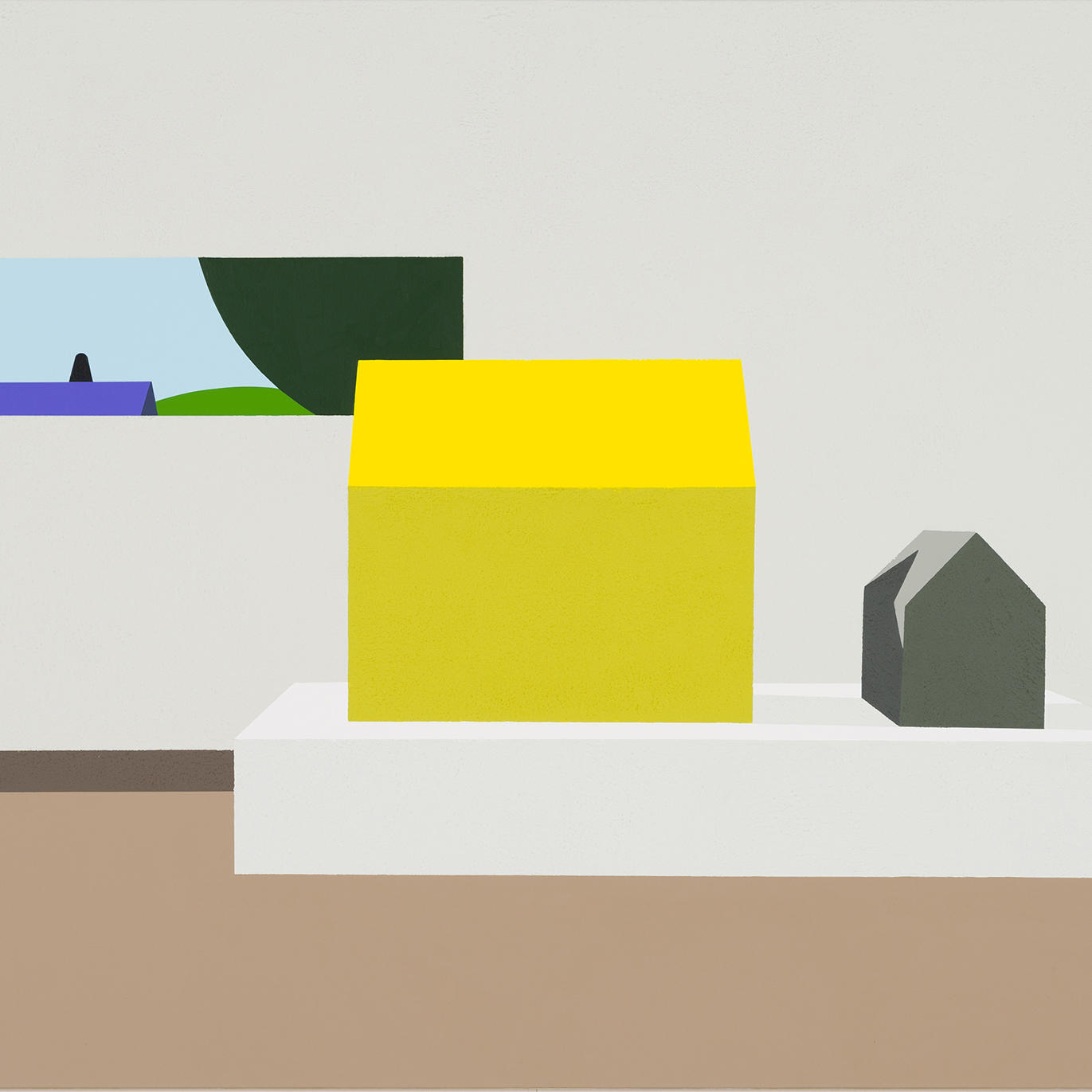


Related Exhibition

